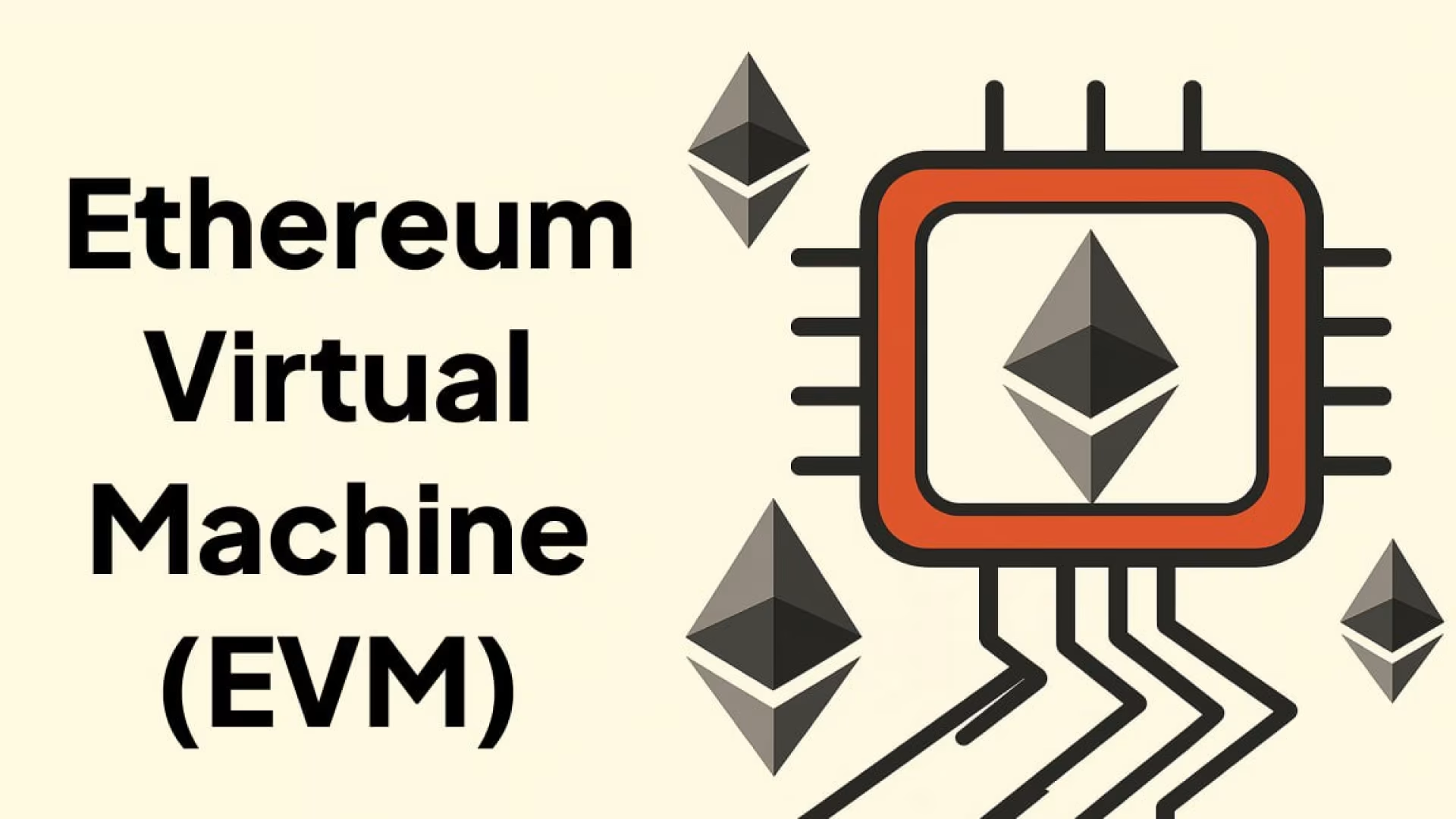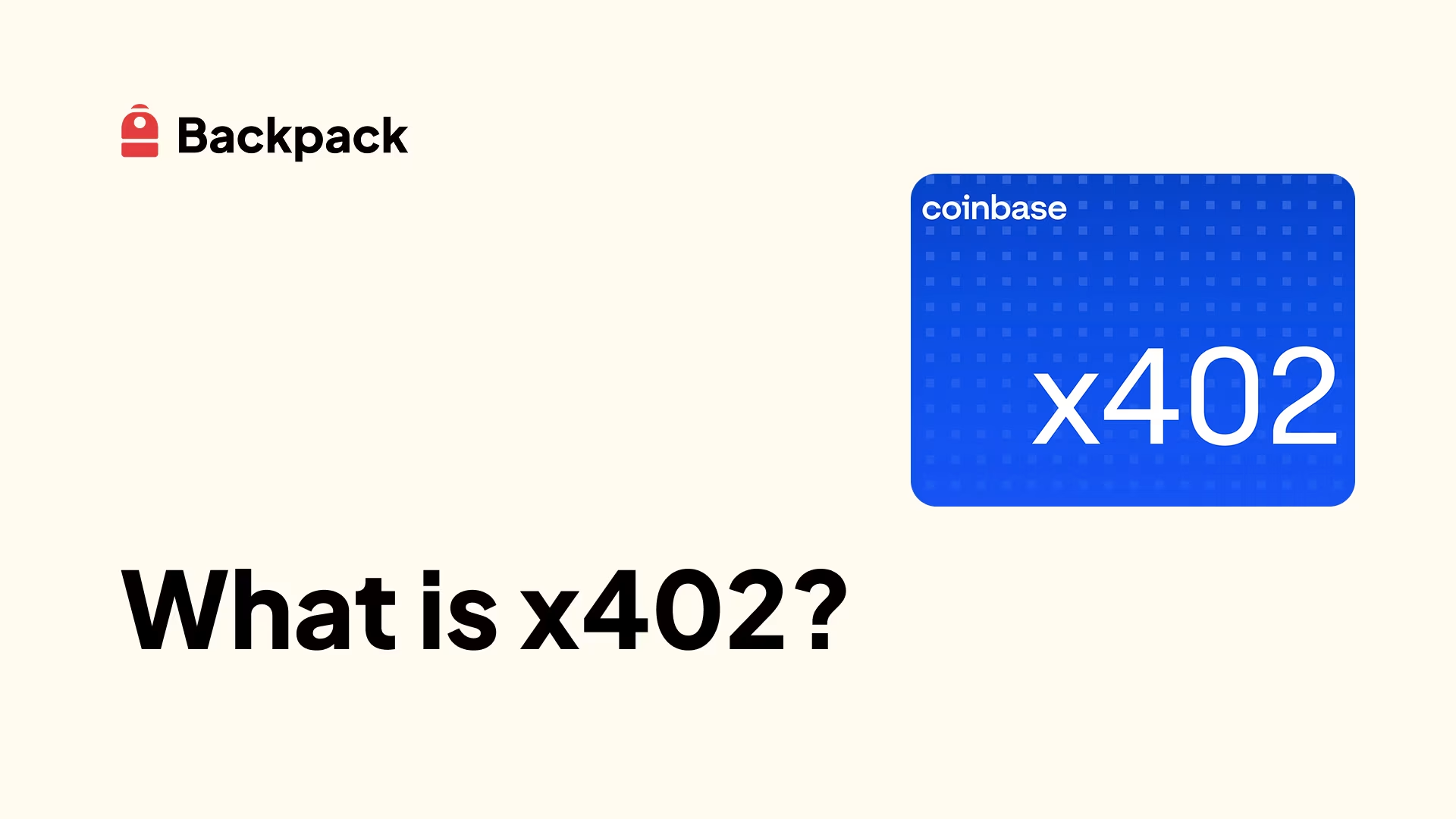ERC-8004 Explained: Ethereum's AI Agent Standard Guide 2025
Complete guide to ERC-8004, Ethereum's revolutionary standard for trustless AI agents. Learn how Identity, Reputation & Validation registries power Web3 AI.
ERC-8004: The Revolutionary Standard Powering Trustless AI Agents on Ethereum
ERC-8004, officially titled "Trustless Agents," represents a groundbreaking Ethereum standard that's reshaping how autonomous AI agents interact, transact, and build trust in decentralized environments. This innovative protocol extends the Agent-to-Agent (A2A) framework by introducing a comprehensive trust layer that enables AI agents to discover, authenticate, and collaborate across organizational boundaries without requiring centralized intermediaries.
Understanding ERC-8004 and Its Impact on Decentralized AI
What Is ERC-8004? A Complete Overview
ERC-8004 is an Ethereum Improvement Proposal that establishes three lightweight on-chain registries for Identity, Reputation, and Validation. The standard was officially created on August 13, 2025, and co-authored by Marco De Rossi from MetaMask, Davide Crapis from the Ethereum Foundation, Jordan Ellis from Google, and Erik Reppel from Coinbase, representing a collaborative effort from industry leaders to solve one of blockchain's most pressing challenges: enabling trustless machine-to-machine interactions.
The standard provides foundational infrastructure that allows AI agents to operate autonomously while maintaining verifiable trust—similar to how ERC-20 standardized tokens and ERC-721 revolutionized NFTs.
The Three Pillars of ERC-8004: Identity, Reputation, and Validation
1. Identity Registry: Your Agent's Blockchain Passport
The Identity Registry is built on ERC-721 with the URIStorage extension, providing every AI agent with a portable, censorship-resistant identifier. This makes all agents immediately browsable and transferable with NFT-compliant applications.
Each agent receives:
- AgentID: A unique blockchain identifier (ERC-721 token)
- Token URI: Resolves to an agent registration file
- Endpoints: Communication protocols including A2A, MCP, ENS, and wallet addresses
2. Reputation Registry: Building Trust Through Transparency
The Reputation Registry offers a standard interface for posting and retrieving feedback signals. Agents authorize clients to provide feedback after accepting tasks, with scores ranging from 0-100, optional tags, and links to off-chain detailed feedback data. The protocol supports x402 payment proofs to verify that only paying customers can leave reviews, preventing spam and fraudulent feedback.
3. Validation Registry: Ensuring Reliability and Security
The Validation Registry provides generic hooks for requesting and recording independent validator checks through crypto-economic staking mechanisms, zkML proofs, or Trusted Execution Environment (TEE) oracles. Agents request validation by calling the validationRequest function, and validators respond with scores between 0-100, enabling binary pass/fail or spectrum outcomes.
Why ERC-8004 Matters: The Future of Decentralized AI
Breaking Down Centralized AI Monopolies
While major technology companies race to build centralized agent ecosystems, the crypto community argues that Ethereum's open ledger provides the most neutral and verifiable substrate for the emerging machine economy. Ethereum already secures significant on-chain assets and millions of smart contracts, making it a natural foundation for trustless agent interactions.
Massive Market Opportunity
The global AI sector is projected to surpass $1 trillion by 2031, with data from Statista indicating that a significant portion would be dedicated to agentic systems capable of independent decision-making. Multiple analyses project the generative AI market specifically hitting $1 trillion by 2031 with a compound annual growth rate of 48.05%.
Real-World Use Cases and Applications
ERC-8004 enables numerous practical applications:
- DeFi Trading Agents: Autonomous agents executing complex trading strategies
- Code Review Services: AI agents validating and auditing smart contracts
- Gaming NPCs: Blockchain-verified AI characters with provable behavior
- Healthcare AI: Medical inference agents with cryptographic validation
- Decentralized Marketplaces: Agent-powered commerce platforms
- DAO Governance: Autonomous agents participating in organizational decisions
Technical Implementation: How ERC-8004 Works
Trust Models: Flexible Security for Every Use Case
ERC-8004 supports three pluggable trust models with security proportional to the value at risk:
- Reputation-Based Systems: Using client feedback for low-stakes tasks
- Crypto-Economic Validation: Stake-secured re-execution for medium-risk operations
- Cryptographic Verification: TEE attestations, zkML proofs for high-stakes applications
Integration with x402 Payment Protocol
ERC-8004 complements the x402 payment protocol launched by Coinbase and Cloudflare. The x402 protocol revives the HTTP status code "402 Payment Required" to enable instant, automatic stablecoin payments directly over HTTP. This integration enables seamless micropayments between agents.
Cloudflare, which powers a significant portion of web traffic, is championing x402 as the standard for agent-to-agent payments. The x402 Foundation was announced in September 2025 to establish this as an open Internet standard.
Compatibility and Interoperability
The standard supports multiple protocols including:
- A2A (Agent-to-Agent): Core communication framework donated by Google to the Linux Foundation in June 2025
- MCP (Model Context Protocol): Anthropic's protocol for broader AI compatibility
- ENS: Ethereum Name Service integration
- DID: Decentralized Identifiers
- ERC-721: NFT standard for agent identity tokens
Current Status and Adoption: Development Progress
Official Status and Timeline

The official EIP draft was created on August 13, 2025, and posted for public discussion on the Ethereum Magicians forum on August 14, 2025. The proposal was publicized around August 18, 2025, and officially launched on August 21, 2025. On October 9, 2025, the standard was formally unveiled by the Ethereum Foundation's dAI team and Consensys.
As of the most recent information, the EIP remains in "Draft" status and is undergoing peer review.
Major Ecosystem Support
ERC-8004 has been refined with input from over 100 industry leaders including Coinbase, MetaMask, ENS, EigenLayer, and The Graph. Taiko, an Ethereum Layer 2 solution, has officially endorsed ERC-8004 as core infrastructure for the next-generation agent economy.
Builder Program and DevConnect
A builder program is supporting teams working on applications ranging from DeFi trading agents to code review services to gaming implementations. The next significant milestone is the DevConnect conference in November 2025 in Buenos Aires, where practical applications of ERC-8004 will be showcased.
The first ERC-8004 community call was held on September 23, 2025, where the team announced plans for Trustless Agents Day on November 21, 2025, at DevConnect
Security Considerations and Best Practices
Addressing Key Challenges
The standard acknowledges several security considerations. Pre-authorization for feedback only partially mitigates spam, as Sybil attacks remain possible. The protocol makes all reputation signals public goods, expecting many players to build reputation systems that trust or assign reputation to reviewers themselves.
On-chain pointers and hashes cannot be deleted, ensuring audit trail integrity. While the ERC cryptographically ensures the registration file corresponds to the on-chain agent, it cannot cryptographically guarantee that advertised capabilities are functional and non-malicious—this is where the three trust models (reputation, validation, and TEE attestation) become essential.
ROFL and TEE Integration
ROFL (Runtime Off-chain Logic) is a TEE framework built on the Oasis Protocol that enables agents to execute off-chain computations securely and verifiably within Trusted Execution Environments. The framework officially launched on mainnet in July 2024.
This combination provides the foundation for trustless agent networks that can scale across ecosystems while maintaining blockchain-level trust, verifiability, and privacy.
The Road Ahead: Future of ERC-8004/
Continued Development
The Ethereum Foundation has explicitly designated ERC-8004 as a key component of its strategic roadmap, with the newly established Decentralized AI team (dAI) actively promoting the standard through community calls, builder programs, and conferences.
Long-Term Vision
Once standardized identity and validation are established, new possibilities emerge including agents building trust networks, proof gossip protocols, and prediction markets on agent reliability.
Ethereum as the AI Settlement Layer
Following organizational reform, the Ethereum Foundation established the dAI Team with the mission of positioning Ethereum as the settlement and coordination layer for AI Agents and the machine economy.
How to Get Started with ERC-8004
For Developers
- Review the Specification: Study the official ERC-8004 proposal at eips.ethereum.org/EIPS/eip-8004
- Join Builder Programs: Participate in Ethereum Foundation initiatives
- Experiment with Registries: Deploy test agents on Layer 2 networks
- Integrate Trust Models: Choose appropriate validation mechanisms
- Contribute to Standards: Engage with the community through GitHub and forums
For Projects and Organizations
- Assess Use Cases: Identify where autonomous agents add value
- Choose Trust Levels: Match security requirements to your risk profile
- Deploy on L2s: Leverage scalable networks like Taiko or Base
- Build Reputation Systems: Create specialized scoring services
- Participate in Governance: Shape the standard's evolution
Conclusion: ERC-8004 as the Foundation for Trustless AI
ERC-8004 represents far more than a technical specification—it's the infrastructure enabling a future where AI agents operate autonomously, transparently, and trustlessly across a decentralized economy. By providing standardized identity, reputation, and validation mechanisms, this Ethereum standard is positioning blockchain technology as the essential coordination layer for the trillion-dollar AI market.
As the standard continues to evolve through community collaboration and real-world implementations at DevConnect and beyond, it promises to be as transformative for AI agents as ERC-20 was for tokens—establishing Ethereum as the neutral ground where machines can build trust without intermediaries.
The future of AI isn't centralized in corporate clouds—it's decentralized, verifiable, and built on trustless infrastructure. ERC-8004 is making that future possible today.
FAQs About ERC-8004
Q: What is ERC-8004 in simple terms?
A: ERC-8004 is an Ethereum standard that allows AI agents to identify themselves, build reputations, and prove their reliability on the blockchain without needing centralized platforms.
Q: How does ERC-8004 differ from ERC-20 or ERC-721?
A: While ERC-20 standardizes tokens and ERC-721 standardizes NFTs, ERC-8004 standardizes how autonomous AI agents establish identity, reputation, and trust in decentralized environments. It actually uses ERC-721 as the foundation for agent identity tokens.
Q: Can ERC-8004 work with other blockchains?
A: Yes, the standard can be deployed on any EVM-compatible network, including Ethereum Layer 2 solutions like Taiko and Base.
Q: What are the main use cases for ERC-8004?
A: DeFi trading, code auditing, gaming, healthcare AI, decentralized marketplaces, and autonomous DAO governance.
Q: Is ERC-8004 production-ready?
A: The standard is currently in Draft status as of October 2025. Multiple teams are building prototype applications through the builder program, with practical applications being showcased at DevConnect in November 2025.
Q: How does ERC-8004 ensure security?
A: It offers tiered trust models ranging from reputation-based feedback to crypto-economic validation to cryptographic verification via TEEs or zero-knowledge proofs, allowing security to
Learn more about Backpack
Exchange | Wallet | Twitter | Discord
Disclaimer: This content is presented to you on an “as is” basis for general information and educational purposes only, without representation or warranty of any kind. It should not be construed as financial, legal or other professional advice, nor is it intended to recommend the purchase of any specific product or service. You should seek your own advice from appropriate professional advisors. Where the article is contributed by a third party contributor, please note that those views expressed belong to the third party contributor, and do not necessarily reflect those of Backpack. Please read our full disclaimer for further details. Digital asset prices can be volatile. The value of your investment may go down or up and you may not get back the amount invested. You are solely responsible for your investment decisions and Backpack is not liable for any losses you may incur. This material should not be construed as financial, legal or other professional advice.




